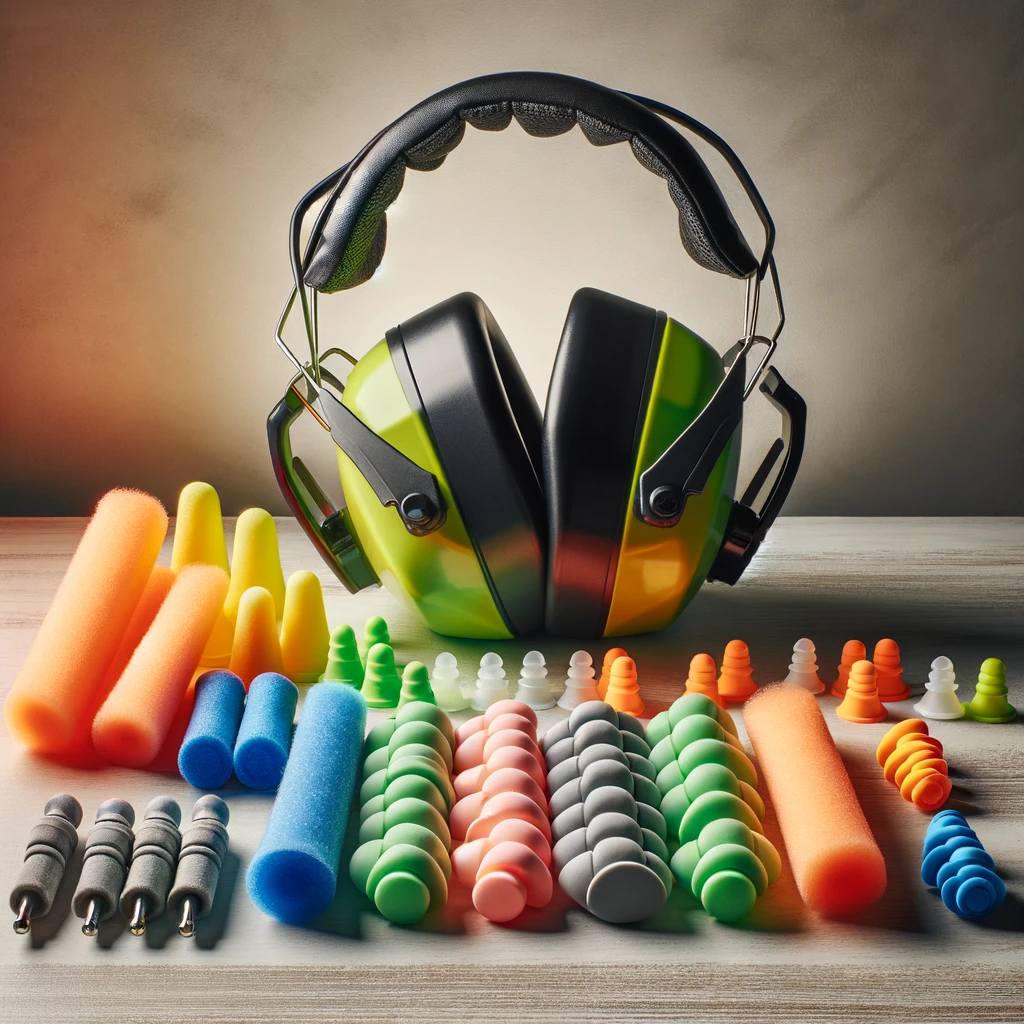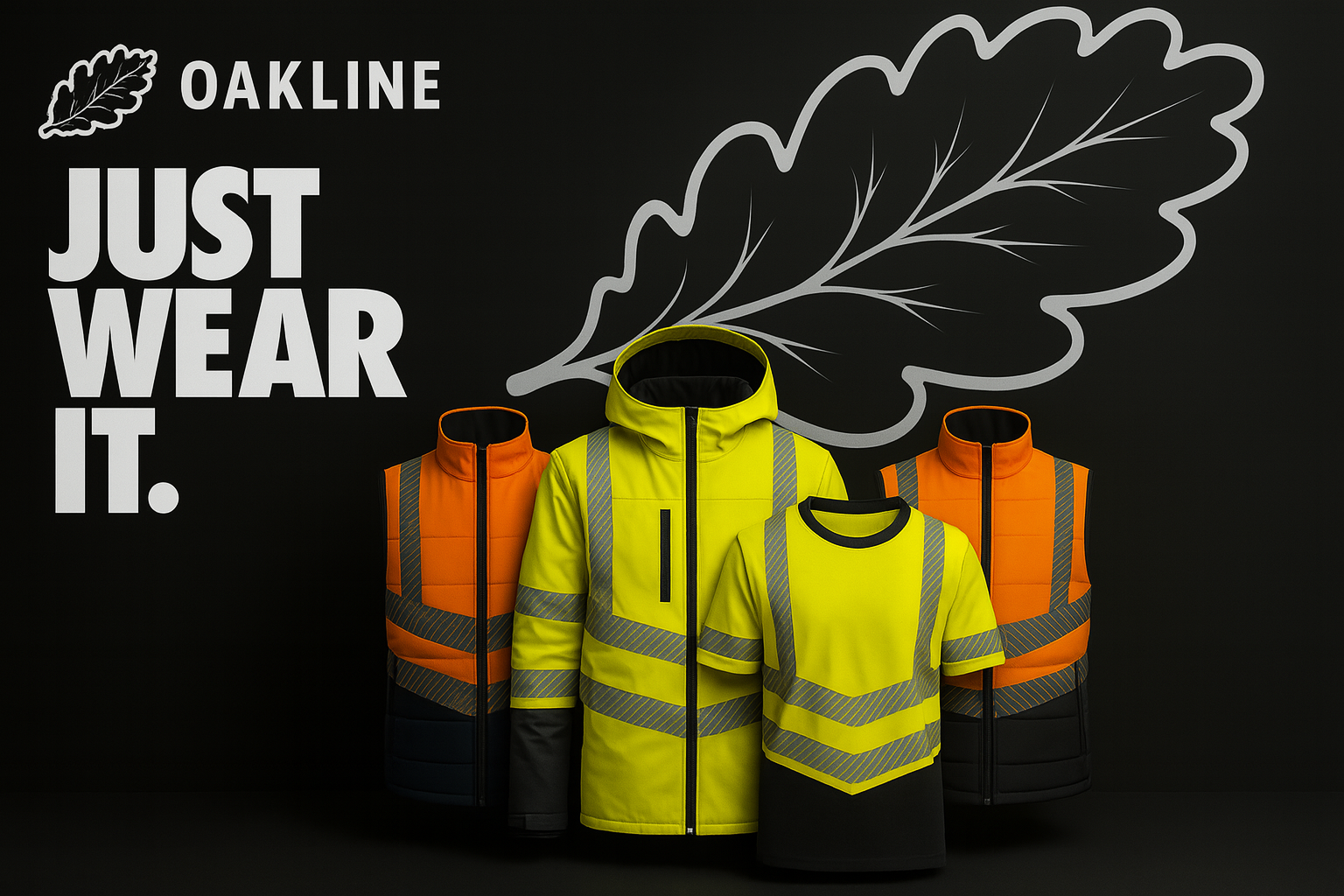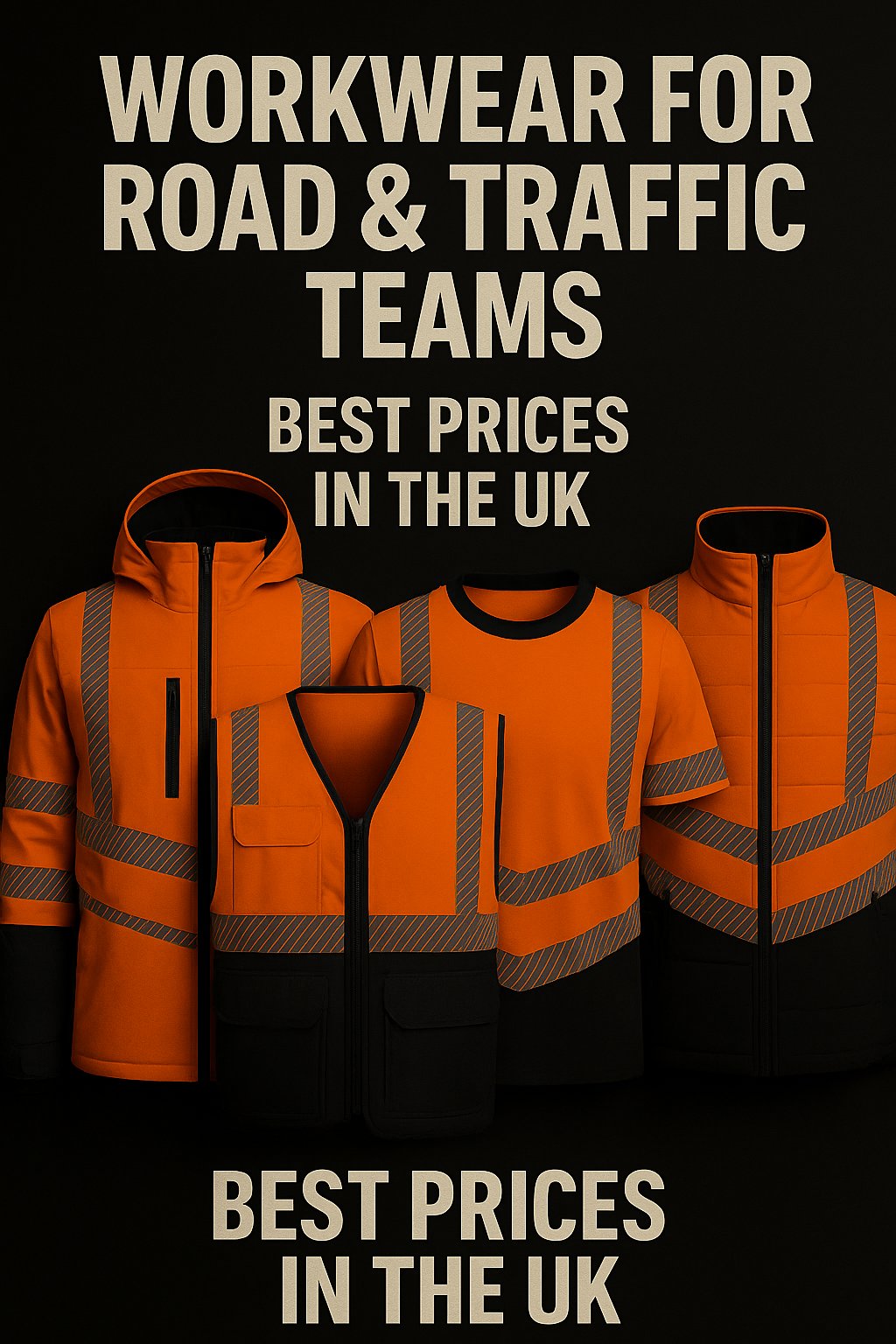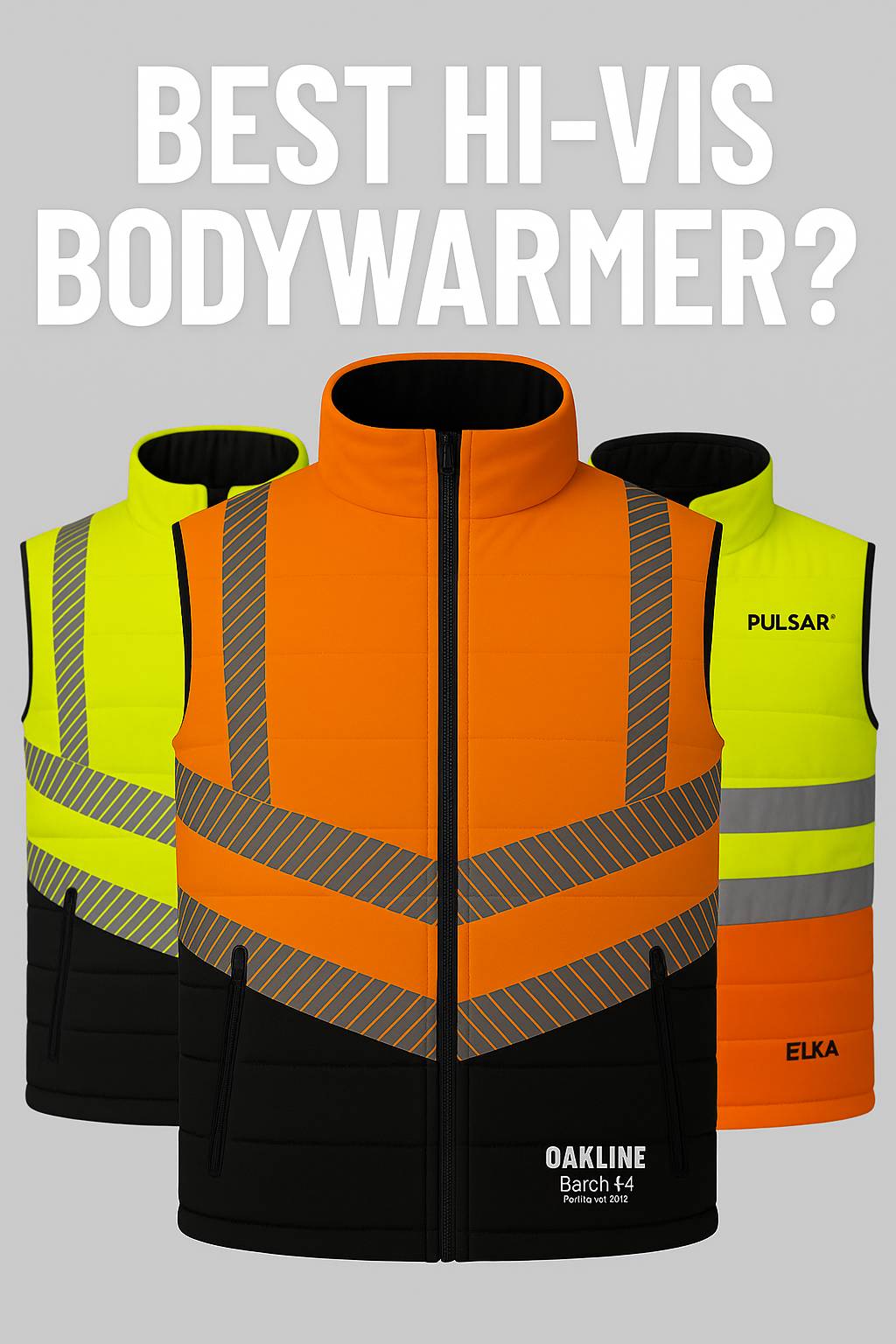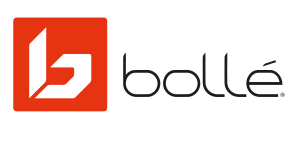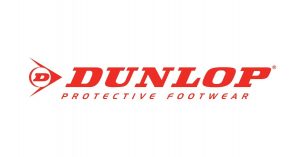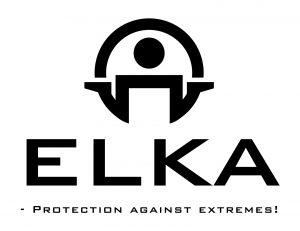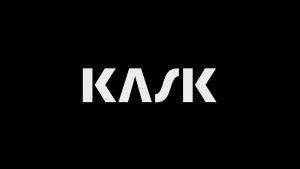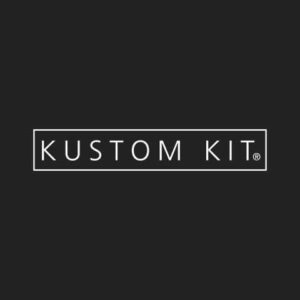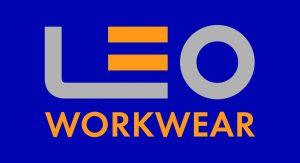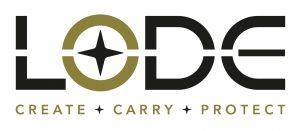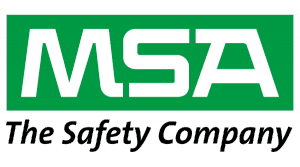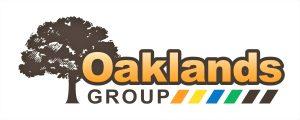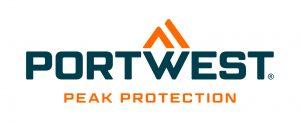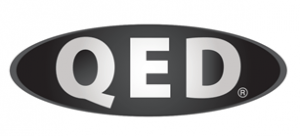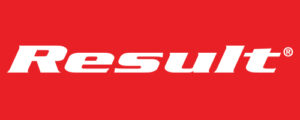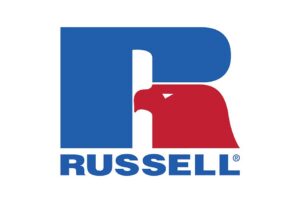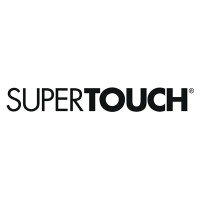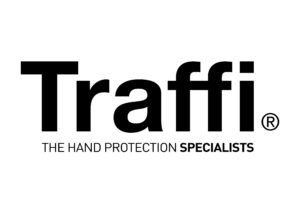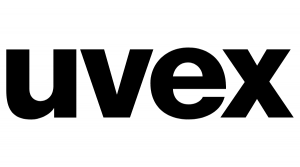When selecting hearing protection, several factors must be considered to ensure that the chosen devices are effective and comfortable. This guide provides a structured overview of key considerations, including industry-specific recommendations.
Type of Noise
- Constant vs. Fluctuating Noise: For constant noise environments, such as in manufacturing plants, earplugs may be sufficient. Fluctuating noise, common in construction sites, might require earmuffs for easy removal and reapplication as noise levels change (HSE, RNID).
Noise Reduction Rating (NRR)
- Understanding NRR: Always check the NRR on hearing protection devices. This rating is crucial for ensuring adequate protection without isolating the wearer from important environmental sounds like alarms or machinery signals (RNID, HSE).
Comfort and Fit
- Device Fit: The comfort of the device, whether earplugs or earmuffs, is vital, especially for prolonged use. Consider factors like clamping force and material for earplugs (Headphonesty, RNID).
- Disposable Earplugs: Best for short-term use, disposable earplugs are made from foam and designed to be compressed before insertion to create a seal. They are suited for visitors or less frequent noise exposure (Audibel, Safeopedia).
- Reusable Earplugs: Made of silicone or rubber, these are ideal for frequent use and are washable. Often used in industries where workers are in and out of noisy areas (Audibel, RNID).
- Earmuffs: Provide consistent protection and are easier to use in variable noise environments. They are commonly used in aviation and heavy manufacturing due to their ease of use and ability to provide a reliable seal (Safeopedia, RNID).
- Specialised Devices: For industries with specific auditory requirements like music venues or communication-intensive environments, devices like musicians’ earplugs or communication-capable earmuffs are essential (CDC, RNID).
Compatibility with Other Safety Equipment
- Integration with PPE: Ensure that your hearing protection does not interfere with other personal protective equipment. This is crucial in industries like construction or manufacturing, where helmets and safety glasses are also worn (NIOSH).
Hygiene and Maintenance
- Upkeep of Devices: Disposable earplugs should be replaced regularly to avoid infection, while reusable models require routine cleaning and inspection to maintain their effectiveness (Audibel).
Legal and Workplace Requirements
- Regulatory Compliance: Familiarise yourself with legal obligations regarding hearing protection in your workplace, which may include providing devices when noise levels exceed regulatory thresholds (HSE).
This guide provides a structured approach to choosing the best hearing protection for both safety and comfort, with additional emphasis on specific industry needs. For further detailed reading on each type of hearing protector and specific recommendations, the provided links offer comprehensive insights.
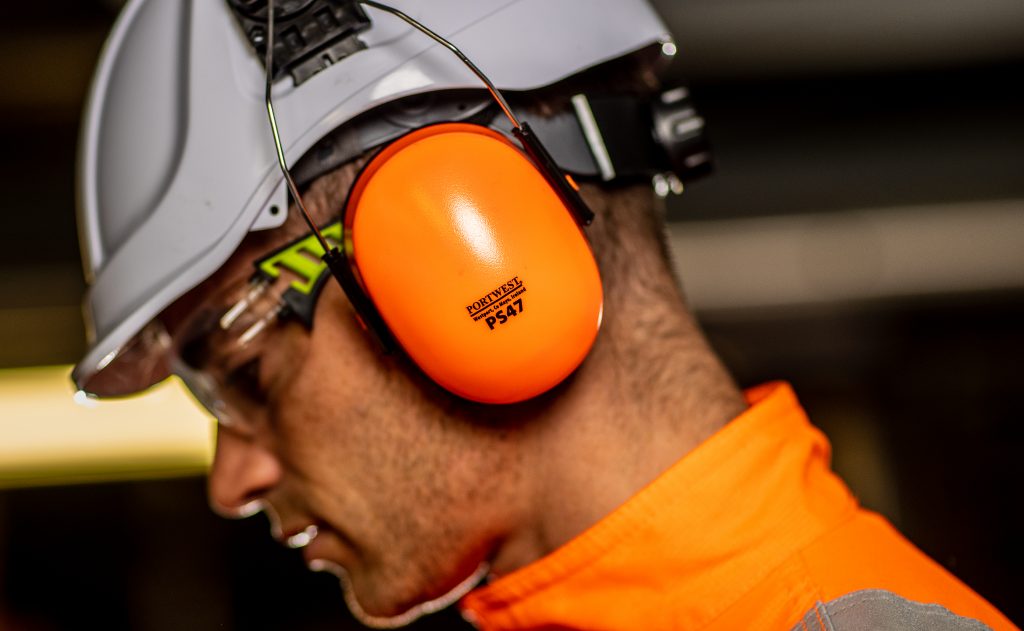
Ear Defenders & Ear Plugs
FAQs on Choosing the Right Hearing Protection
1. What is Noise Reduction Rating (NRR) and why is it important?
- Answer: The NRR is a measure of a hearing protection device’s ability to reduce sound exposure. It is expressed in decibels (dB), the higher the NRR, the greater the noise reduction. Knowing the NRR helps ensure that you choose hearing protection that adequately reduces exposure to harmful noise levels while allowing you to hear necessary environmental sounds.
2. How do I choose between earplugs and earmuffs?
- Answer: The choice depends on the noise environment, comfort, and personal preference. Earplugs are suitable for continuous noise and can be used in tight spaces, while earmuffs are easier to use intermittently and can be more effective at blocking varying noise levels. Consider your work environment and comfort when deciding.
3. Are disposable earplugs effective for regular use?
- Answer: Disposable earplugs are effective for short-term use and situations where hygiene is a priority, as they are designed for one-time use. However, for regular and long-term use, reusable earplugs or earmuffs might be more cost-effective and environmentally friendly.
4. Can I wear hearing protection with other personal protective equipment (PPE)?
- Answer: Yes, but it’s important to ensure that all pieces of PPE work well together. For example, earmuffs might not seal properly if worn with certain types of safety glasses or helmets. It’s crucial to test the compatibility of your hearing protection with other PPE to ensure full protection.
5. How often should I replace my hearing protection?
- Answer: The replacement schedule depends on the type of hearing protection and the frequency of use. Disposable earplugs should be replaced after each use, while reusable earplugs and earmuffs should be inspected regularly for wear and damage and cleaned according to manufacturer instructions. Always replace any hearing protection device if it shows signs of deterioration or no longer fits properly.
6. What should I consider when choosing hearing protection for a specific industry?
- Answer: Consider the specific noise levels and types of noise in the industry. For example, industries with variable noise levels might benefit from earmuffs, while those with constant noise might use earplugs. Additionally, consider any industry-specific regulations or requirements for hearing protection.
7. Is it possible to over-protect my hearing and what are the implications?
- Answer: Yes, over-protection can isolate you from your environment, making it difficult to hear alarms, machine sounds, or even conversations, which could be dangerous. It’s important to choose hearing protection that reduces noise to a safe level without completely cutting off important sounds. Selecting the right NRR based on your specific noise exposure is key.
-
One range. All year. Looks good. Gets the job done. Why bother with a bundle? Let’s be real: most lads on site don’t care what jacket they’re in — until it leaks, rips, or makes them look like they’ve robbed it from a bin. The OAKLINE range fixes that: The OAKLINE kit (simple) Water-resistant =…
-
Working on or near live carriageways is one of the highest-risk environments in the UK. Visibility, weather protection and comfort directly affect safety and productivity. This guide explains what road and traffic teams need from hi-vis workwear, how to choose the right classes and colours, and where OAKLINE fits alongside established brands such as Portwest,…
-
When you’re kitting out a construction or logistics team, the right hi-vis bodywarmer keeps your crew visible, warm, and moving freely on site. But with dozens of options from big names like Portwest, PULSAR, and ELKA, how do you know which one is right for your budget and sector? At OAKEYS Safety, we’ve compared the…

